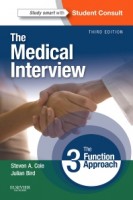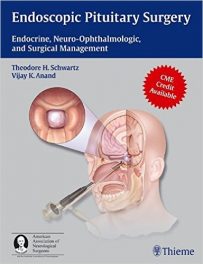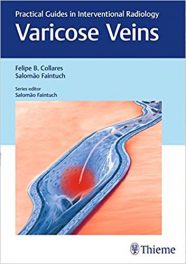 Editors: Steven A. Cole, MD and Julian Bird, MA
Editors: Steven A. Cole, MD and Julian Bird, MA
Publisher: Elsevier Saunders – 316 pages
Book Review by: Nano Khilnani
Mark Lipin Jr., MD, who wrote the Foreword to this book, informs us that the average primary care practitioner will do about 250,000 interviews of patients in a practice spanning about 40 years. This activity takes the most time for the average physician; so “therefore it is worth doing expertly, cogently, and efficiently,” he advises.
This book on interviewing patients has been written not only for doctors and nurses, but also for others in allied medical fields that care for people from all walks of life with any ailments, conditions, disease and disorders. These professionals are typically dentists, dietitians, health coaches, occupational therapists, physical therapists, psychologists and social workers.
What are the objectives of the clinician-patient communication process that this book is essentially about?
- Build the relationship
- Assess and understand the patient’s problems
- Collaborate for management of these problems
How is this book different? The editors point out several ways that set this book apart from others that have been written on the subject of the medical interview: Essentially, it provides learners and practitioners with a cognitive framework that is:
- Simple
- Logically compelling
- Relatively easy to assimilate and master
- Robust enough to help us teach and understand higher-order processes of expert communication
The best way to give you a brief overview of the contents of this book is to simply name its sections called “units” which are mentioned below. There are 33 chapters within these seven units:
1. The Three Functions of the Medical Interview
2. Meeting the Patient
3. Structure of the Interview
4. Presentation and Documentation
5. Understanding Patients’ Emotional Responses to Chronic Illness
6. Advanced Applications
7. Higher Order Skills
Three useful Appendices provide guidance that helps the student or practitioner in medicine and nursing do better in medical interviews of patients:
- The Medical Interview: The Three-Function Approach Table of Skills
- The Brief Action Planning Guide
- Learning How to Interview
One of the most useful features of this unique book on the medical interview of patients is the 28 essential skills that practitioners must not only know about but master, in order to be successful in their profession.
Each unit is organized with an Overview with numbered topics; discussions of the topics; a Summary; and a list of References for further study and exploration.
For example, chapter 2 of Unit 1 entitled Three Functions: The Basic Model names two points in its Overview:
- A description of the basic model
- A detailed discussion and justification (with evidence) for the importance of each of the three core functions.
What follows are discussions of the three Functions, namely:
- Function One: Build the Relationship
- Function Two: Assess and Understand the Patient’s Problems
- Function Three: Collaborate for Management.
After these discussions, A Summary is provided, followed by References.
This is a highly useful, well-organized, well-written and essential book on the subject of the medical interview. It is creative in its approach. But most importantly, the points it makes are backed up with empirical evidence that this approach works with patients.
Editors:
Steven A. Cole, MD, MA, FAPA is Professor of Psychiatry, Emeritus at the Stony Brook University School of Medicine in Stony Brook, New York.
Julian Bird, MA (CANTAB), FRCP, FRCPSYCH is Lately Senior Lecturer in Psychiatry at the Guys’ Kings and St. Thomas School of Medicine at the University of London in London, UK.
Contributors:
Thomas L. Campbell, MD; Cecile A. Carson, MD; William Clark, MD, FAACH; Mary DeGenaro Cole, MS, FNP-BC; Kathy Cole-Kelly, MS, MSW; Connie Davis, MN, RN, ARNP, GNP-BC; Roxane Gardner, MD, MPH, DSc.; Geoffrey H. Gordon, MD, FACP; Damara Gutnick, MD; Khati Hendry, MD, CCFP, FAAFP; Susan Lane, MD, FACP; Steven Locke, MD; Catherine Nicastri, MD; Dennis H. Novack, MD; David J. Steele, PhD; Guy Undrill, MD, ChB, MRCPsych; Toni B. Walzer, MD; and Joseph Weiner, MD, PhD.






